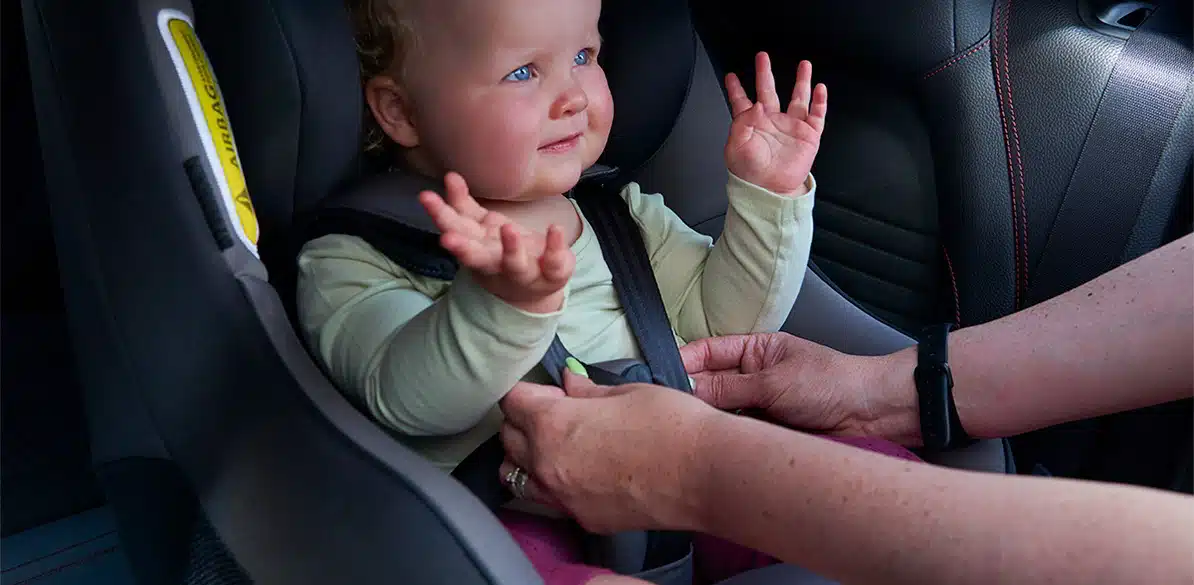What is the safest child seat in the world?
We answer this difficult question

Road Safety
A few years ago, a child seat manufacturer said he wanted to make the best child seat in the world. The answer to that wish is simple. The perfect child seat does not exist, nor will it ever.
Our response is based on the fact that we do not know what type of accident we might be involved in, its intensity or the direction of impact, and therefore we cannot apply specific measures to mitigate the specific circumstances of the potential collision.
Child seat manufacturers work with specific scenarios that are defined in the regulations, but which are very limited in terms of variability, so the solutions applied to child seats respond exclusively to these scenarios.
Let’s look at a concrete example. Child seats with very good consumer test scores are those designed for optimal energy absorption in demanding tests. This absorption level does not usually start from 0, so the system performs worse in lower acceleration conditions. Accordingly, the level of stress on the child seat determines its energy absorption. This means that, in lower speed collisions, such a system may perform worse than a system that actually has a worse rating.
Does that mean that it is better to buy “simpler” child seats than child seats developed to meet higher standards? Absolutely not.
Since we do not know when or where the potential collision could occur, we must use every possible resource to mitigate the possible injuries that could result from the accident. Therefore, child seats designed to the highest specifications are better prepared for different scenarios and, given the worst case scenario involving a serious accident, a seat designed for the most testing conditions will perform better.
Let’s see what features our seat would need to have to make it the safest in the world.
Now we need to shift our focus to the occupant. When will the occupant receive less stresses and therefore have less injury risk? Clearly when traveling in the rear-facing direction.
Statistics show that in frontal collisions the injuries are much less when the child seat is rear-facing, while in side collisions they are similar, and in rear collisions, generally less severe, there is no increase in injuries due to the child facing the rear of the vehicle.
So, this would be the first part of our answer. The safest seat must be rear-facing.
We must also evaluate which child restraint system is the most effective. If the child seat is fixed with a seat belt, during the collision there will be some movement to tighten the belt prior to restraint. This is called the first impact. In child seats with ISOFIX anchors and a support leg, this first impact is drastically reduced. So this is the second part of the answer. Our seat must have isofix and a support leg.
Finally, one of the aspects to be assessed is ergonomics. This aspect is very important when facing a sudden deceleration. The position of the child seat will affect the result. The angle of the body should be such that the head does not drop down, but the seat should not be tilted back too far. There should be no discontinuities in the backrest of the chair, nor between the backrest and the headrest.
In short, the safest child restraint should have the following features:
- Rear-facing.
- ISOFIX anchors and a support leg.
- Anti-rotation system.
- Good ergonomics.
- PLUS TEST certification.
